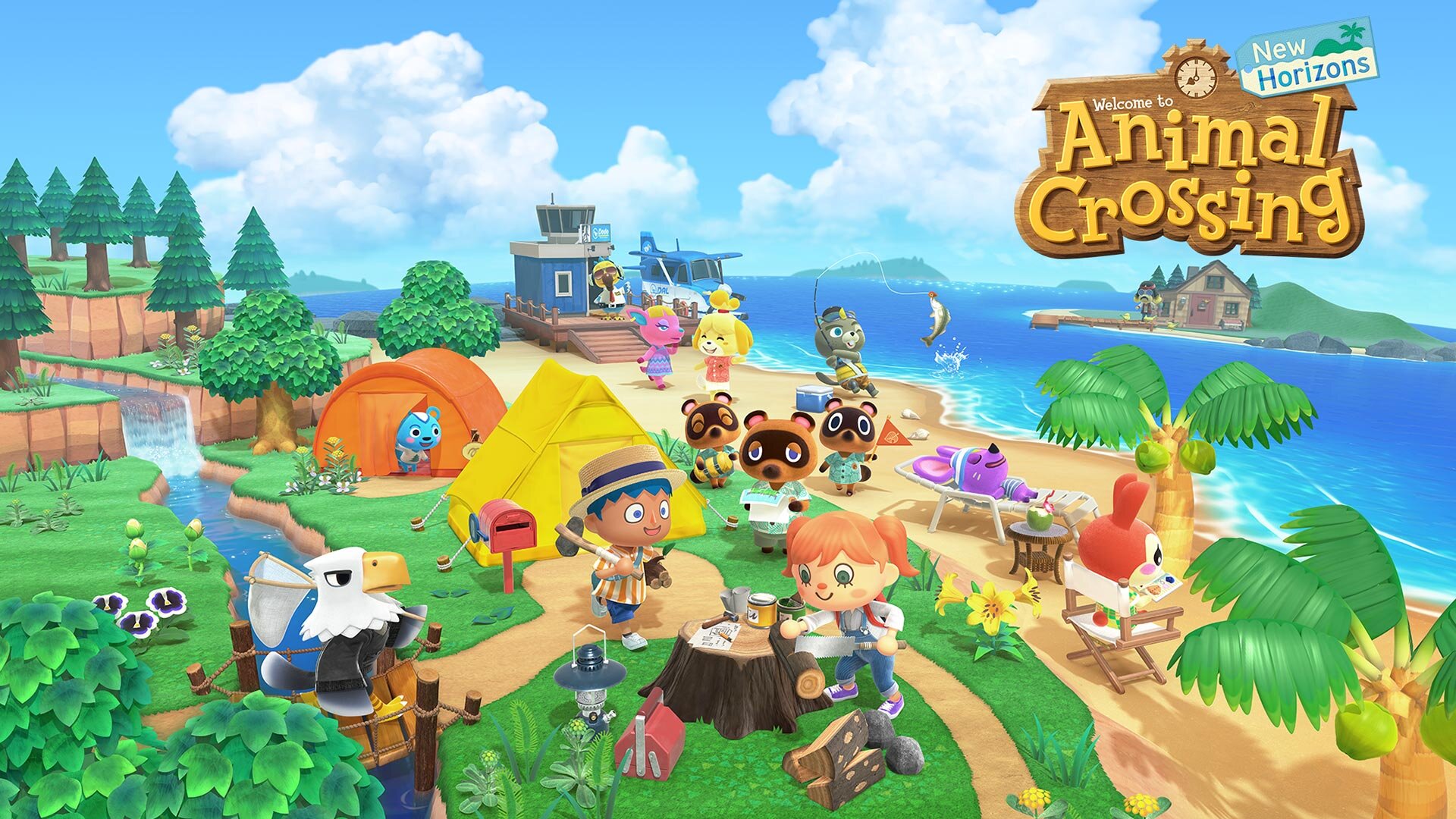
AdAge
From resort visits to fashion shows, brands host virtual events in Animal Crossing
Original article can be found here (beware the paywall)
By Ilyse Liffreing. Published on May 28, 2020.
In May, travelers could visit Singapore’s sunny Sentosa Island without a plane ticket—or the chance of contracting COVID-19.
Within Nintendo’s Animal Crossing, players visiting Sentosa Development Corp.’s virtual island could do yoga on the beach, sip on a bubble tea or relax at a resort spa, all experiences available on the island IRL.
It’s the first time a brand rigged the game to create a publicized virtual experience for players. Others are already following suit.
Inspired by players’ love of changing their characters’ outfits with QR codes, organized fashion shows are now hitting the game. Hypebeast’s women’s streetwear e-commerce brand Hypebae held an invite-only fashion show on May 27, and aired it live to YouTube. Berlin-based fashion organization Reference Festival held its own the weekend prior. Meanwhile, UK delivery service Deliveroo is delivering packages filled with real-life promo codes in-game to players.
With the pandemic shuttering experiential campaigns, the connectivity that games offer is an appealing alternative. When Epic Games’ Fortnite hosted a Travis Scott concert in April, 12.3 million people participated, dwarfing the number of fans that can fit in any stadium. The game has done several successful tie-ins with brands including Wendy’s and Nike. Marketers see Animal Crossing as having the same potential.
“Animal Crossing: New Horizons” is the hottest game of the pandemic, selling more than 13 million copies in its first six weeks, according to Nintendo’s May 7 earnings.
The cartoon life simulator gives players their own tropical islands where they can buy and trade items like wood and bugs to create their own virtual paradise, all while befriending joyful anthropomorphic animals. Connect the game to the internet, and players can visit their friends’ islands. It’s leisurely, repetitive and perfect for stressed-out people confined to their homes during coronavirus lockdowns. What’s more, it’s brand-safe.
Players appear ready for brand interaction. Many are recreating islands based on their favorite shows like “The Office” and “Parks and Recreation” and are visiting islands belonging to public figures including Rep. Alexandria Ocasio-Cortez and Food Network celebrity Guy Fieri. There’s even an in-game talk show called “Animal Talking” where artists including Sting and Shaggy are debuting new songs through their avatars.
But Nintendo isn’t making it easy for brands to break in, at least not yet. The company doesn’t work with brands on in-game promotions and experiences, so brands have to get crafty.
Sascha Kuntze, chief creative officer at BBH Singapore, the agency behind the virtual Sentosa, says it took two weeks (including nights) to “hijack the game and customize it” to the brand’s needs, all while the team sheltered-in-place. The agency recreated real-life Sentosa attractions in detail, used the game’s terraforming function to transform the island and created logos and in-game giveaways with customization tools. But it had to build like any other player, by harvesting raw materials like wood and clay to build structures. The agency sped up the process by linking several accounts together.
Another downside? A maximum of eight players can visit islands simultaneously. Still, Kuntze says thousands of players signed up to participate, and streamers broadcast their experiences on platforms including Twitch.
“The level of customization in the game is incredible, and the ability to do it all from a single Nintendo Switch, with no need for an elaborate studio production is impossible to ignore,” says Kuntze. “Typically, the gaming world has been a playground for brands that are more tech-aware. Now is the time for brands in all categories to step up and leave their mark by experimenting in these new virtual spaces.”
Jenna Isken, associate director of experience at brand experience agency Siegal+Gale, says branded in-game experiences have the potential to resonate with players long after they put down their consoles.
“If a brand can contribute to a gaming experience, the goodwill that the experience generates has the potential to translate into real life,” says Isken.
Still, many brands are being careful not to overextend their stay. Fashion brands Marc Jacobs, Valentino and Highsnobiety have experimented with sharing QR codes for custom clothes that characters can change in the game. The Getty Museum is letting players decorate their homes with art from its collection online.
Wendy’s created custom outfits for the game and streams its pigtailed, freckled mascot character, who appears in Animal Crossing, to Twitch, where the brand has nearly 86,000 followers.
Jimmy Bennett, VP of media and social for Wendy’s, says Animal Crossing streams have been the brand’s most successful in terms of consistent viewership, with each video receiving thousands of views. Promos for delivery deals, such as a free chicken sandwich with an in-app purchase, pop up within streams, but the brand is careful not to go overboard.
“You won’t find us coming onto the scene with heavily sponsored corporate messaging,” said Bennett. “Instead, we play the game as anyone would. When overly branded opportunities arise in games, gamers see through it pretty quickly.”
Isken says: “The key to success is finding an organic way to integrate that is natural to the game and authentic to the brand.”
